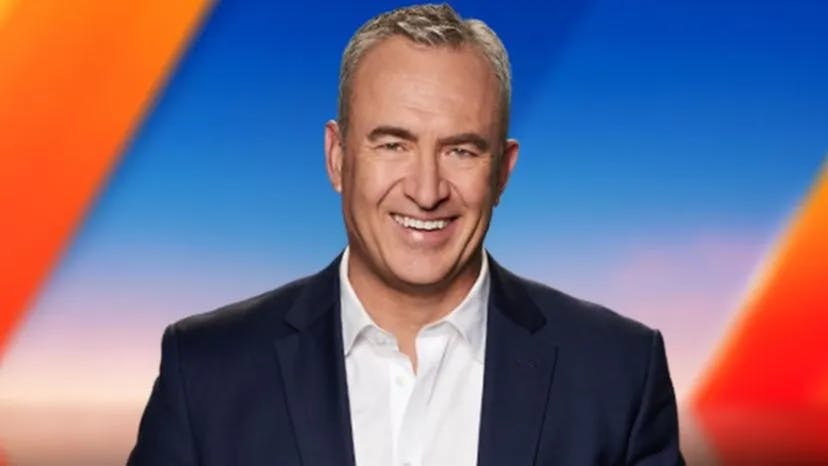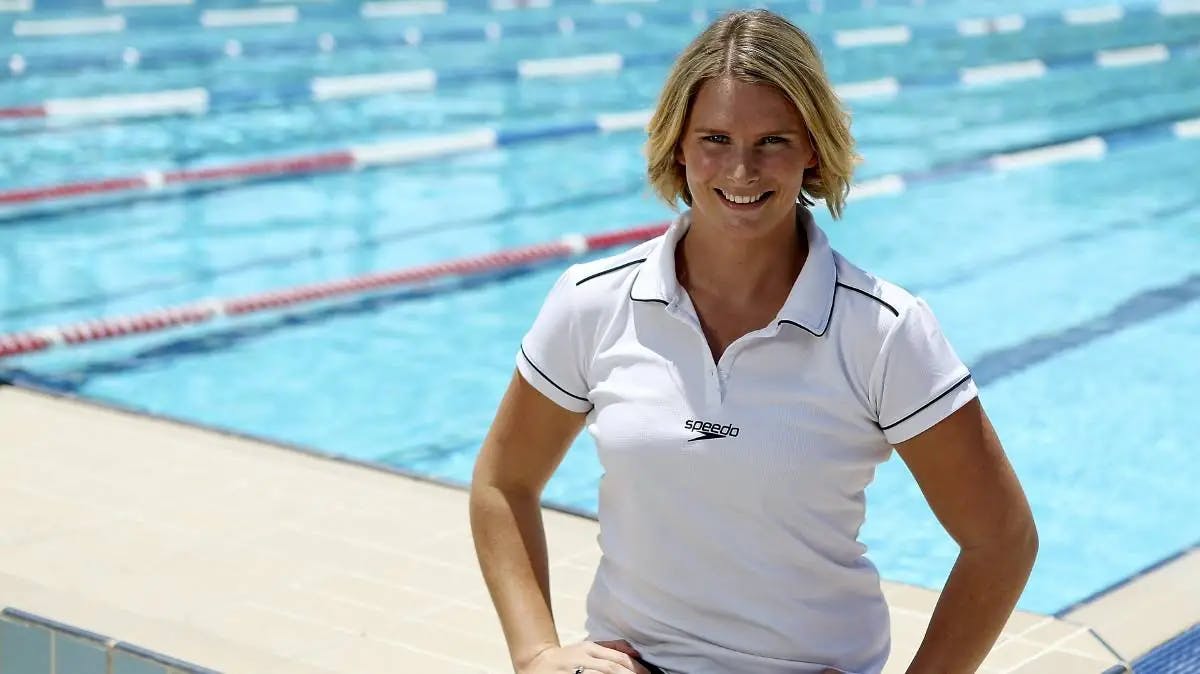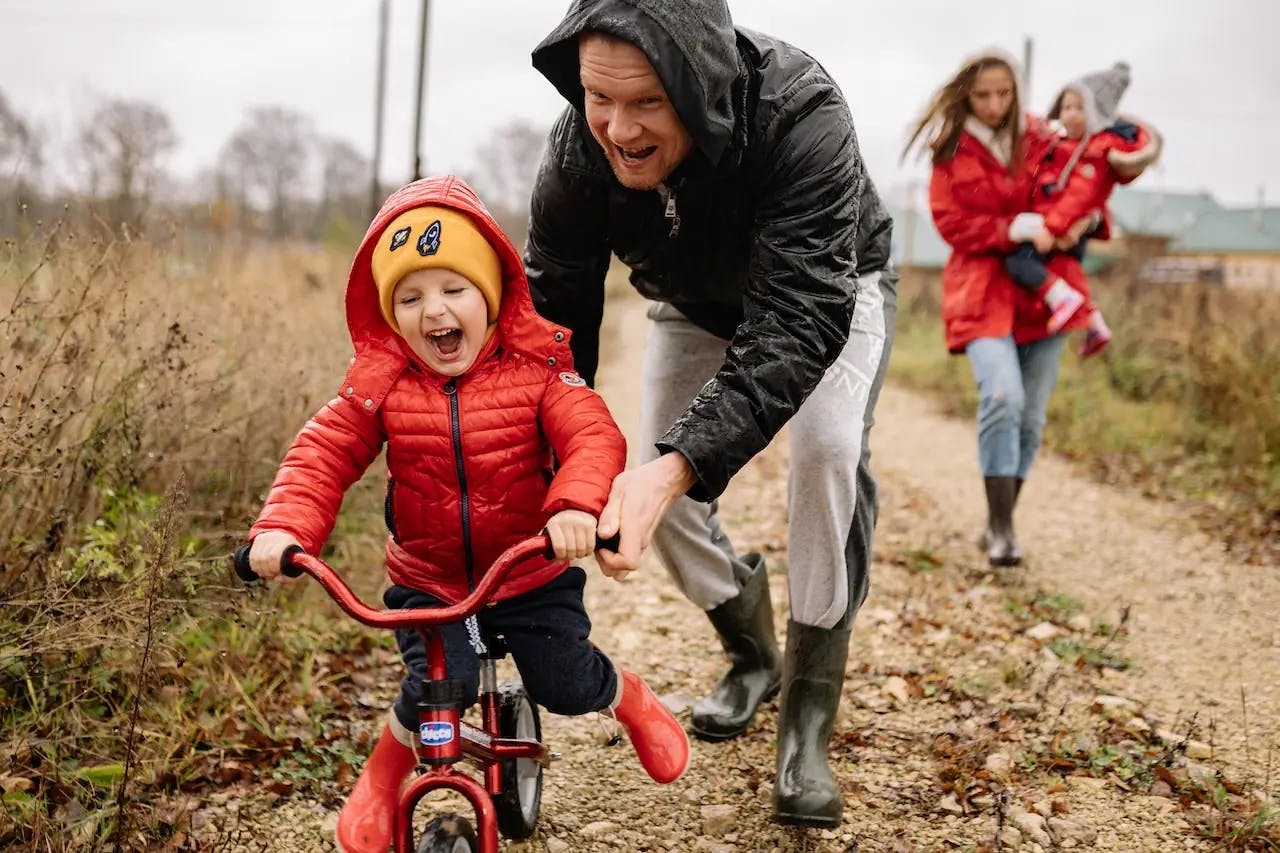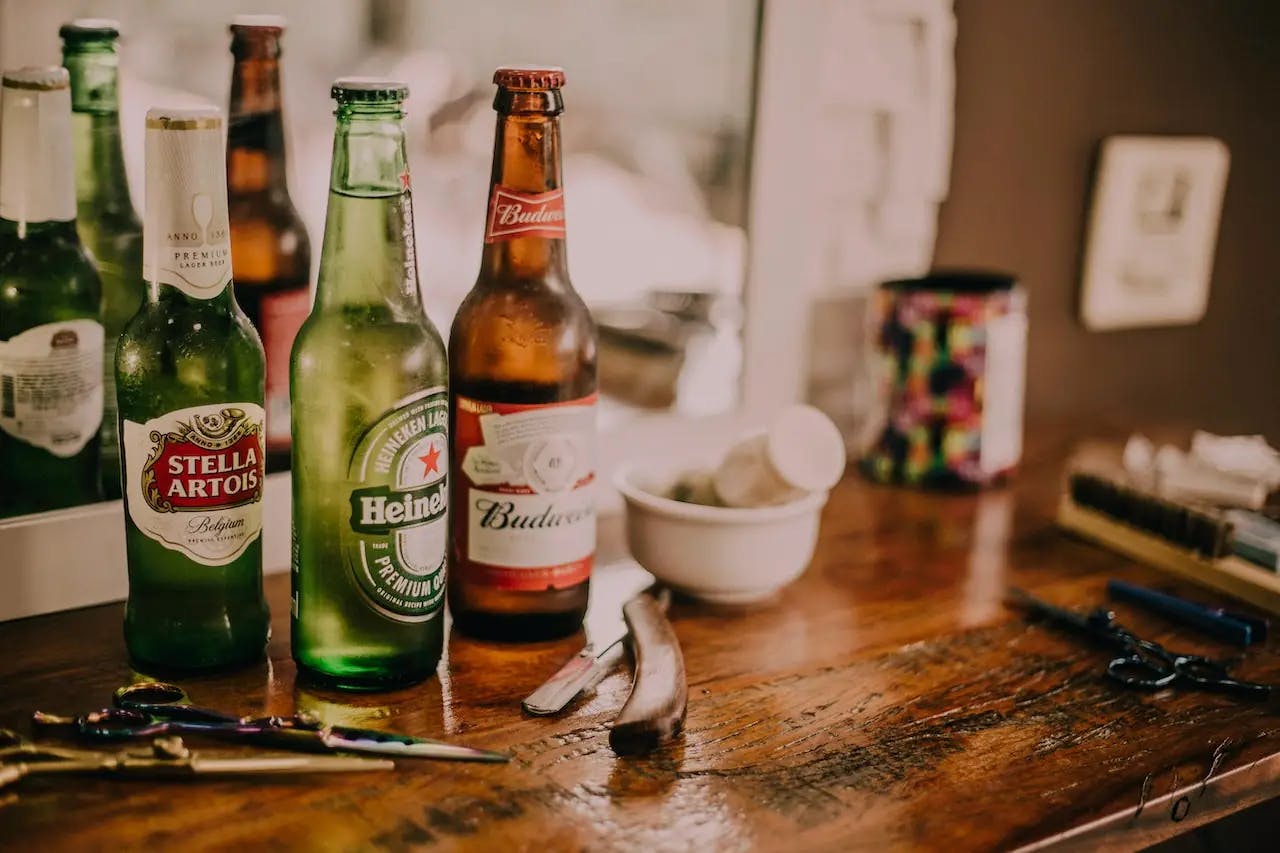How to Eat, Drink and Still Shrink!
•Weight loss
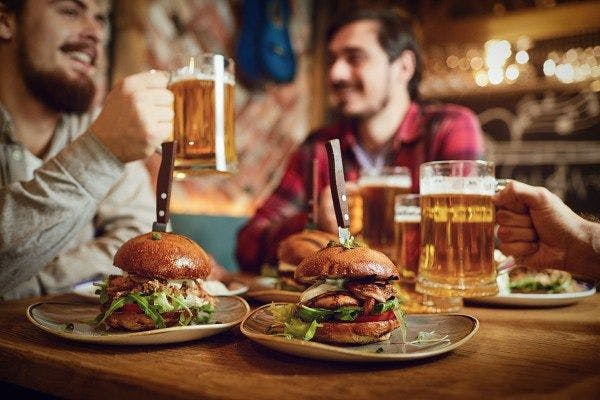
Share
Plenty of us are living life a little heavier than we had expected but there are ways to get back control of our health and fitness without going on a diet. Leading nutritional medicine expert Michele Chevalley Hedge reveals how to do it without giving up things you love to eat or drink.
What are the three words you most want to hear from one of the country’s leading health and wellness experts focused on battling Australia’s growing bulge as we emerge from the pandemic?
“It doesn’t matter whether you’re a CEO, a teacher or any kind of employee — we’re all busy,” she tells Health Hacker.
“Everyone wants health but they don’t want hassle. The good news is that it’s actually okay to have a coffee, wine or beer and still live a vibrant life.”
It’s a philosophy I’m totally behind, and it’s the reason I launched my own Man Shake business with the promise to “lose the beer belly without losing the beers”.
Change has to be sustainable, otherwise, a bit like stretched elastic, we’ll simply snap back to our most comfortable position.
Sure, plenty of us are leaving lockdown a little larger than we entered it, but before you embark on an extreme diet, consider that research has found that the average Australian woman will have tried 61 diets by the time she’s 45. And do you know why? Because the first 60 didn’t work.
“Wellness isn’t a diet. I hate diets,” Michele says.
“I think about lifestyle. What’s your sleep like, what’s your mood like — what’s the whole package like? People think it has to extreme, but it really doesn’t.
“The measurement of wellbeing isn’t the number on the scale. That number is simply a measure of gravity. The real measurement of wellbeing is your vitality, your happiness, your ability to connect.
“Being able to perform at work and still have enough left in the tank when you get home to be able to really connect with your family? That’s wellbeing.”
THREE RULES OF SUPERMARKET SHOPPING
With Michele Chevalley Hedge
Every path to a healthier lifestyle begins in exactly the same place and that is your supermarket trolley.
And it’s not easy; you’re up against the multimillion-dollar marketing budgets of the giant food companies, most of which is spent making their products look like the healthiest choice.
“We all know that non-processed and unpackaged foods are the best choice, but I also live in the real world,” Michele says.
“I have three children and a dog, so of course I’m picking up packaged foods sometimes.
“So just do three simple things from now on.”
“If you can recognise the ingredients, you’re winning,” Michele says.
“But if it sounds like Frankenfood that’s been made in a chemical lab, then it probably has been. But if its ingredient list is items you, or your grandmother, would recognise, then that’s a great start.”
“Next, take a look at the serving size,” Michele says.
“It might not sound like it has much sugar per serve, but if that serving size is 20 grams, for example, then that’s really small — with cereal, that’s enough to feed a bird, not a human.”
“Finally, go to the grams of sugar in the packet, and then divide that number by four. That will give you the rough number of teaspoons,” Michele says.
“A good example of that is some of the ‘healthy’ yoghurts on the market. There might be 26 grams of sugar in a small tub, which is just an arbitrary number, but if you divide that by four, you realise that’s 6.5 teaspoons of sugar.
“Now imagine pouring that into a cup of tea. It’s a lot, and not what you want just before bed.”
What are the three words you most want to hear from one of the country’s leading health and wellness experts focused on battling Australia’s growing bulge as we emerge from the pandemic?
Yep, you guessed it: “I hate diets.”
It will come as music to the ears of the millions of Australians who’ve spent time locked in their homes and out of gyms, and who are now emerging from hibernation a little heavier than they were when they went in.
But that’s the welcome advice from leading nutritional medicine expert and wellness advocate — and author of new book Eat, Drink and Still Shrink — Michele Chevalley Hedge, who tells me that healthy can also be hassle-free, and doesn’t mean living like a monk.“It doesn’t matter whether you’re a CEO, a teacher or any kind of employee — we’re all busy,” she tells Health Hacker.
“Everyone wants health but they don’t want hassle. The good news is that it’s actually okay to have a coffee, wine or beer and still live a vibrant life.”
It’s a philosophy I’m totally behind, and it’s the reason I launched my own Man Shake business with the promise to “lose the beer belly without losing the beers”.
Change has to be sustainable, otherwise, a bit like stretched elastic, we’ll simply snap back to our most comfortable position.
Sure, plenty of us are leaving lockdown a little larger than we entered it, but before you embark on an extreme diet, consider that research has found that the average Australian woman will have tried 61 diets by the time she’s 45. And do you know why? Because the first 60 didn’t work.
“Wellness isn’t a diet. I hate diets,” Michele says.
“I think about lifestyle. What’s your sleep like, what’s your mood like — what’s the whole package like? People think it has to extreme, but it really doesn’t.
“The measurement of wellbeing isn’t the number on the scale. That number is simply a measure of gravity. The real measurement of wellbeing is your vitality, your happiness, your ability to connect.
“Being able to perform at work and still have enough left in the tank when you get home to be able to really connect with your family? That’s wellbeing.”
THREE RULES OF SUPERMARKET SHOPPING
With Michele Chevalley Hedge
Every path to a healthier lifestyle begins in exactly the same place and that is your supermarket trolley.
And it’s not easy; you’re up against the multimillion-dollar marketing budgets of the giant food companies, most of which is spent making their products look like the healthiest choice.
“We all know that non-processed and unpackaged foods are the best choice, but I also live in the real world,” Michele says.
“I have three children and a dog, so of course I’m picking up packaged foods sometimes.
“So just do three simple things from now on.”
“If you can recognise the ingredients, you’re winning,” Michele says.
“But if it sounds like Frankenfood that’s been made in a chemical lab, then it probably has been. But if its ingredient list is items you, or your grandmother, would recognise, then that’s a great start.”
“Next, take a look at the serving size,” Michele says.
“It might not sound like it has much sugar per serve, but if that serving size is 20 grams, for example, then that’s really small — with cereal, that’s enough to feed a bird, not a human.”
“Finally, go to the grams of sugar in the packet, and then divide that number by four. That will give you the rough number of teaspoons,” Michele says.
“A good example of that is some of the ‘healthy’ yoghurts on the market. There might be 26 grams of sugar in a small tub, which is just an arbitrary number, but if you divide that by four, you realise that’s 6.5 teaspoons of sugar.
“Now imagine pouring that into a cup of tea. It’s a lot, and not what you want just before bed.”



